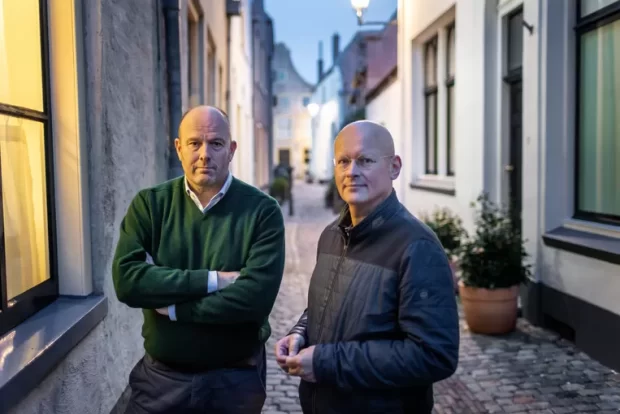November 14, 2022
Organ Donation after Euthanasia in the Netherlands
Organ Donation after Euthanasia in the Netherlands is rarely possible from home. Dutch GP Han Mulder and Anaesthesiologist-intensivist Hans Sonneveld believe that they have come up with a solution for people who want to donate their organs after euthanasia reports the newspaper, Trouw.
For people who die in their own homes after euthanasia, organ donation is often not possible. A general practitioner and an intensivist at Isala Hospital in Zwolle have come up with a solution.
On patient forums but also in the consulting rooms of GPs, the desire to make organs available after euthanasia is regularly heard, according to Han Mulder, GP in Dalfsen.
“Often people choose organ donation after euthanasia because it gives extra meaning to their life, or perhaps better, to their death,” says anaesthesiologist-intensivist Hans Sonneveld.
But those who want to donate their organs after euthanasia must choose to die in hospital. Even for patients who have had a donor wish all their lives, this can be a reason to drop out, says Mulder.
“They prefer to die at home, in their own bed.” Of the 7666 people who exited life through euthanasia last year, only 134 died in hospital.
Sonneveld and Mulder came up with a solution, which has now been applied four times. This week, they published an article on it about an international journal.

Image: Herman Engbers
Why does euthanasia before organ donation usually take place in hospital?
Sonneveld: “As soon as someone dies, the organs become distressed due to lack of oxygen. Doctors wait for five minutes to make sure the heart is not restarted and then the patient goes straight to the operating theatre.”
You have come up with something to accommodate people who want to die at home and donate their organs. What is that exactly?
Mulder: “In euthanasia, people are first put to sleep and a few minutes later injected with a muscle relaxant that causes cardiac arrest. We pull those two moments apart.
We put people to sleep at home, a kind of coma, and only after they are transferred to the hospital do we give the muscle relaxant. So they lose consciousness at home and die in hospital not long after. We call that ‘prolonged euthanasia’.
The procedure has been in the medical guideline Organ donation after euthanasia since this year.”
How does it work practically?
Sonneveld: “Once someone has been put into a deep sleep at home by the GP, I come in from the ambulance around the corner and take over the patient. On the way to the hospital, I keep them under anaesthesia, monitor breathing.
Oxygen supply is crucial for the preservation of vital functions, and thus organs.”
Mulder: “Just to be clear: not everything revolves around organ donation. Should something go wrong in the ambulance, the euthanasia procedure is completed in the ambulance.”
What could go wrong?
Sonneveld: “In the extreme case, the airways fail to open, but that risk is extremely small. Also, blood pressure and heart rate can become unstable in a patient who is very ill.
But I carry with me all items including emergency medication, just like in the operating theatre.”
Can this solution shorten organ transplant waiting lists?
Sonneveld: “In recent years, the number of organ donors after euthanasia hovered around 13 per year, accounting for just under 10 per cent of the total number of organs donated.
If that were to rise to 50 donors with our procedure, it would make a significant difference.”
So you guys want to publicise it more?
Mulder: “Certainly, hence this interview, but it is sensitive. Those who choose euthanasia are extremely vulnerable, suffer unbearably and should be able to make a choice completely autonomously.
We don’t want to persuade anyone to donate organs as well. You also see doctors reacting reluctantly to our solution. They are not eager.”
Why not?
Sonneveld: “Organ donation and euthanasia are complex procedures, and if you combine them it becomes even more complicated. It’s also only been possible in the Netherlands since 2012, and not in every hospital.
Don’t forget that it is also stressful for doctors.
A colleague of mine said recently that he would not want to do organ donation after euthanasia every week. It remains intense to see someone die in an unnatural way.
For the family but also for the care staff.”